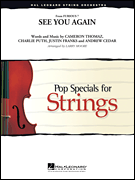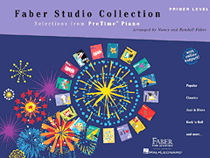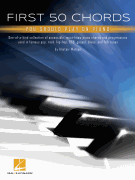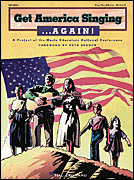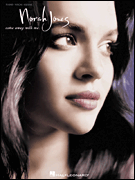Search Results for: “See You Again”
Loading...
See You Again View 59 Products
When Can I See You Again? View 12 Products
I've Got To See You Again View 9 Products
I Don't Want To See You Again View 8 Products
If I Never See Your Face Again View 5 Products
Like You'll Never See Me Again View 4 Products
Nice To See You Again View 3 Products
Am I Ever Going To See Your Face Again View 3 Products
I'll See You Again View 1 Product







